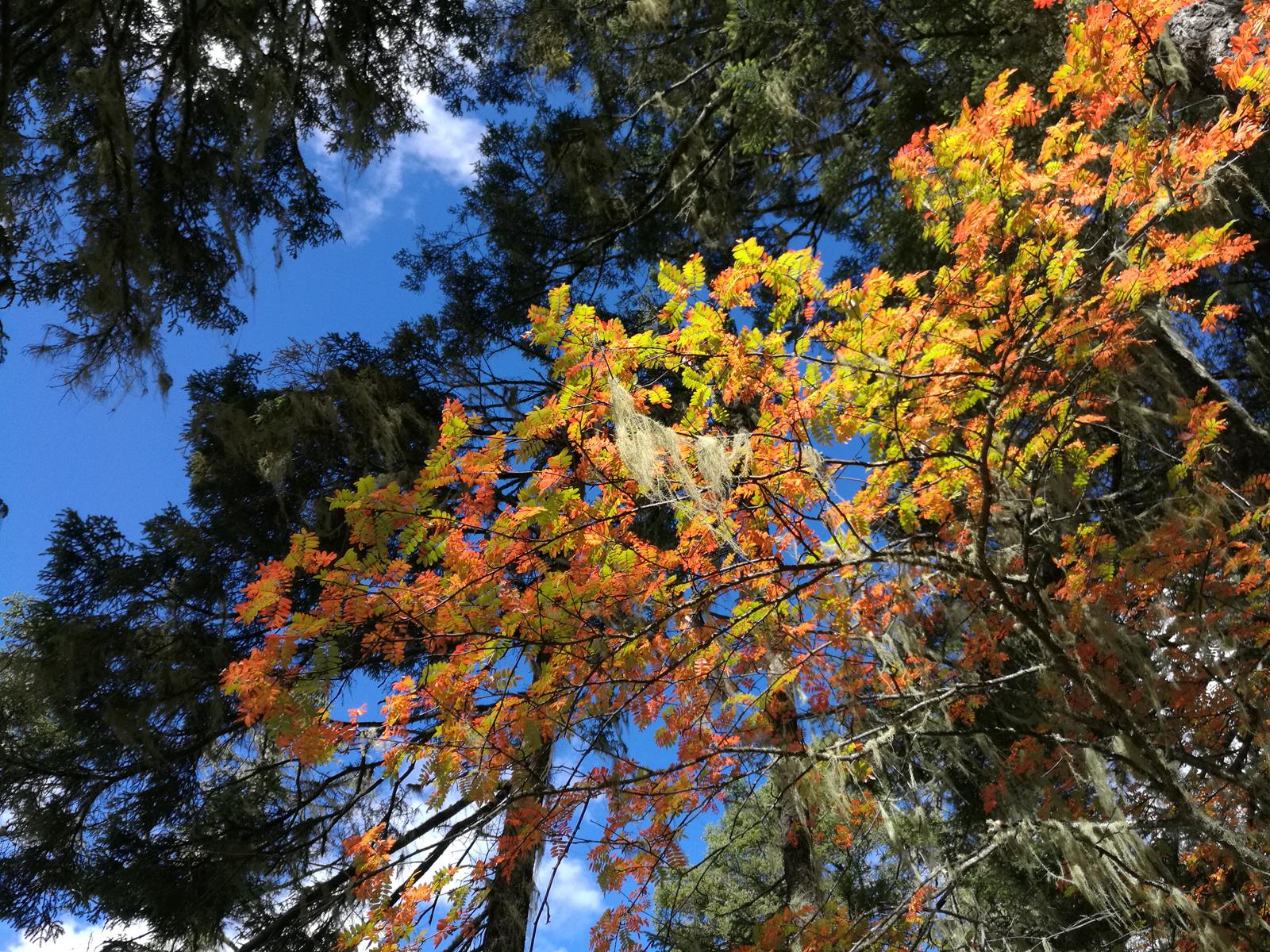Exploring Yunnan’s 5A-Lever Scenic Spot -Pudacuo National Park





In the distant northwest of Yunnan, nestled among misty mountains, Pudacuo National Park quietly tells ancient highland tales with its uncarved natural beauty. This is a secluded earthly paradise.
Pudacuo National Park, a 5A-level scenic area, is located in Hongpo Village, Jiantang Town, Shangri-La City, Diqing Tibetan Autonomous Prefecture, Yunnan Province. It is 22 kilometers from Shangri-La city center and situated in the core area of the "Three Parallel Rivers" World Natural Heritage in northwest Yunnan. This comprehensive national park spans 1,313 square kilometers and reaches a maximum altitude of 4,670 meters. It is famous for its pristine forests, alpine meadows, wetlands, lakes, geological formations, river valleys, and diverse ecosystems. The park's unique Tibetan culture, magnificent natural scenery, and abundant outdoor activities make it a paradise for tourists and nature enthusiasts.
The park's tourist resources are divided into natural ecological landscapes and cultural landscapes. The natural ecological landscapes include five main parts: geological and geomorphological landscapes, lake and wetland eco-tourism resources, forest and meadow eco-tourism resources, river valley and stream tourism resources, and rare and ornamental plants and animals. The cultural landscape resources imbue the natural ecology of Pudacuo National Park with a living soul through traditional Tibetan culture, including religious culture, agrarian and pastoral culture, folk customs, and architectural styles.
Pudacuo National Park is divided into seven functional zones:
- Figure-8-Shaped Popular Eco-Tourism Zone: To the north is Shudu Lake, to the south is Bita Lake. Between the two lakes are Luorong Ethnic Eco-Cultural Tourism Village and Militang Subalpine Pasture. These "two lakes, one village, and one pasture" are the four highlights of the park.
- Shudu Lake Resort Tourism Zone: This area caters to tourists seeking vacation, conference, and sightseeing opportunities.
- Luorong Village Popular Eco-Tourism Zone: This zone allows visitors to experience Tibetan folk culture and popular eco-tourism.
- Shudugang-Dijitang Professional Eco-Tourism Zone: This area is ideal for outdoor sports, soft adventure, trekking, and scientific research.
- Jiligutuo Hiking Tourism Zone: This zone caters to visitors interested in hiking and scientific research.
- South Bita Lake Self-Driving Tourism Zone: This zone meets the needs of self-driving and passing tourists.
- Hongpo Village Guided Control Zone: This area controls architectural landscapes to create a heritage corridor that harmonizes with the national park.
Photography:
Pudacuo National Forest Park is a paradise for photography enthusiasts. Whether it's the lakes and mountains, the primeval forests, or the rare flora and fauna, there are excellent subjects for shooting. It is recommended to bring a camera or smartphone to capture these beautiful moments.
Bird Watching:
Pudacuo National Forest Park is rich in bird species, such as black-necked cranes and Tibetan eared-pheasants. If you are interested in birds, consider bringing binoculars to find and observe these beautiful birds within the park.
Tips:
Altitude Sickness: Due to the high altitude of Pudacuo National Forest Park, some visitors may experience symptoms of altitude sickness. It is advisable to bring necessary medications and pay attention to rest and diet.
Environmental Protection: During your visit, please protect the environment by not littering or damaging vegetation. Respect local customs and religious beliefs, and avoid smoking or making loud noises in the scenic area.
Time Management: As the park has many scattered attractions, it is recommended to plan your time wisely to fully explore each site. Also, be mindful of the park's closing time to avoid missing the last bus or affecting your itinerary.
Transportation:
Airplane: Shangri-La also has an airport, though it is small with limited flights. Typically, you will need to transfer at Kunming, as direct flights are rare.
Car Hire or Carpool: If you are traveling from Kunming through Dali and Lijiang, you can easily hire a car from Lijiang. It's convenient, especially if you are traveling in a group. For smaller groups, carpooling is an option.
Bus: There are buses from Kunming, Dali, and Lijiang to Shangri-La, and vice versa. However, online schedules are frequently updated and may not always be reliable.
Self-Driving: Self-driving or renting a car is feasible as the roads are generally good. However, be cautious of cliffs, especially on the section to Meili, where road conditions can be unstable. Excellent driving skills are required. If traveling in winter, be aware of icy conditions and road closures. It is recommended to use public transportation, join local tours, or hire a car with a driver.











